View all Standards for British Columbia (2018)
Use self-reflection and awareness of audience to refine ideas
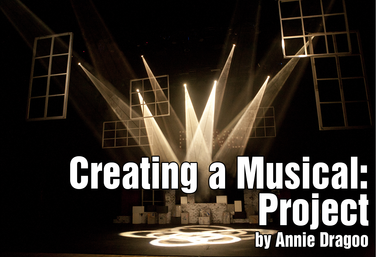
Creating a Musical: Project
by Annie Dragoo
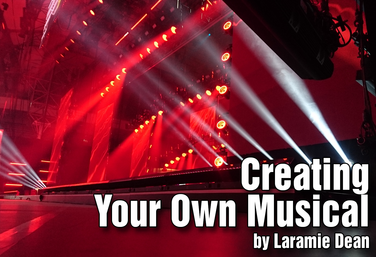
Creating Your Own Musical
by Laramie Dean

The Actor in Transition: From Presentational to Three-Dimensional
by John Minigan
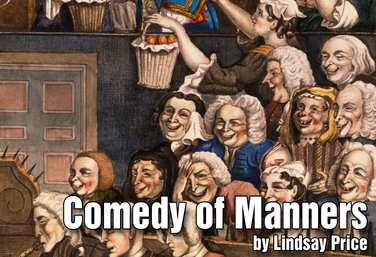
Comedy of Manners
by Lindsay Price
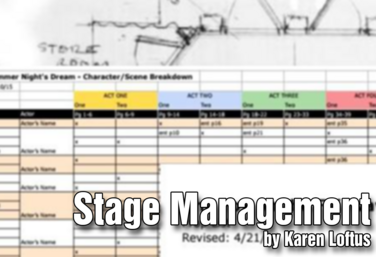
Stage Management
by Karen Loftus
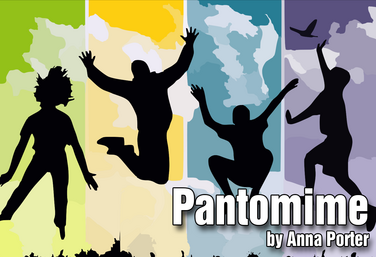
Pantomime
by Anna Porter
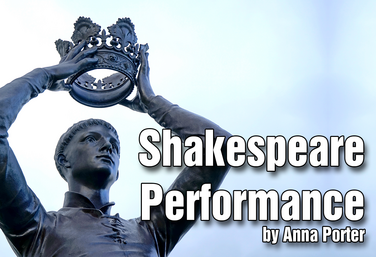
Shakespeare Performance
by Anna Porter
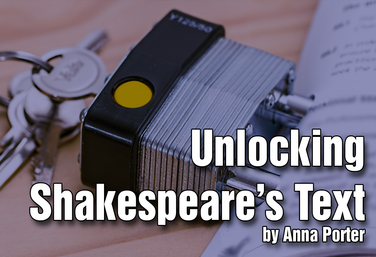
Unlocking Shakespeare's Text
by Anna Porter
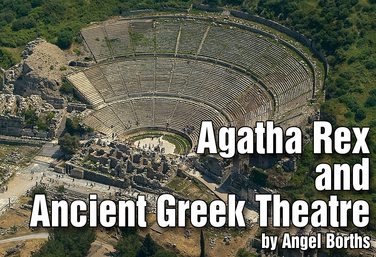
Agatha Rex and Ancient Greek Theatre
by Angel Borths
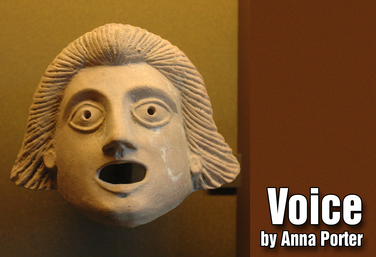
Voice
by Anna Porter

Monologue Writing Made Easy
by Matthew Banaszynski

Part of the Drama One Curriculum
What is Theatre?
by Karen Loftus
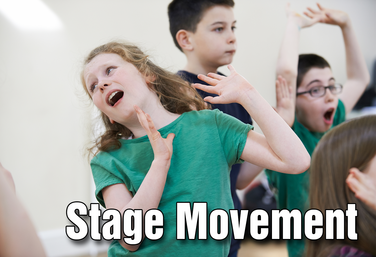
Part of the Drama One Curriculum
Stage Movement
by Karen Loftus

Part of the Drama One Curriculum
Pantomime
by Karen Loftus
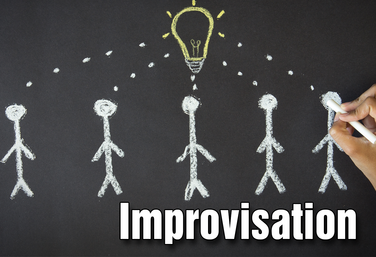
Part of the Drama One Curriculum
Improvisation
by Karen Loftus
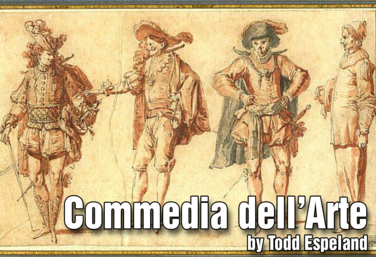
Commedia dell'Arte
by Todd Espeland
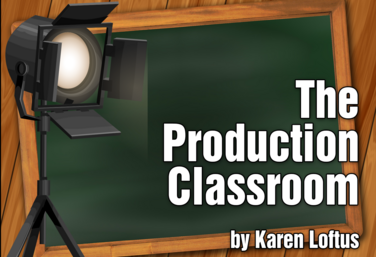
Part of the Production Classroom Units Curriculum
Part One - Pre-Production
by Karen Loftus

Part of the Production Classroom Units Curriculum
Part Two - Rehearsal and Performance
by Karen Loftus

Part of the Production Classroom Units Curriculum
Part Two - Documents
by Karen Loftus

Part of the Stagecraft Without a Theatre Curriculum
What is a Stage Manager? (Extra Lesson)
by Karen Loftus

Part of the Distance Learning Curriculum
What is Theatre?
by Lindsay Price and Karen Loftus

Part of the Distance Learning Curriculum
Pantomime
by Lindsay Price and Karen Loftus
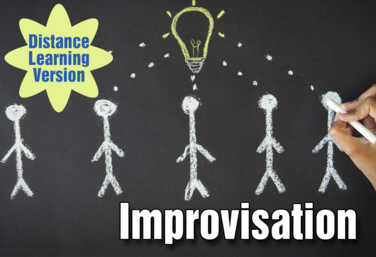
Part of the Distance Learning Curriculum
Improvisation
by Lindsay Price and Karen Loftus

Part of the Production Classroom Units Curriculum
Part Three - Reflection and Assessment
by Karen Loftus
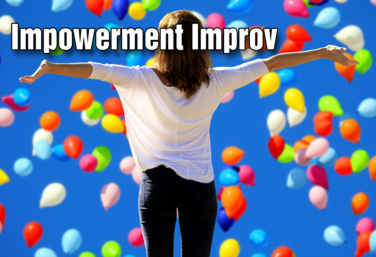
Impowerment Improv
by Jennine Profeta
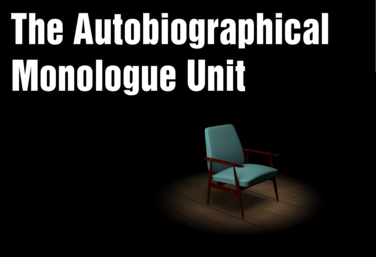
The Autobiographical Monologue
by Gai Jones
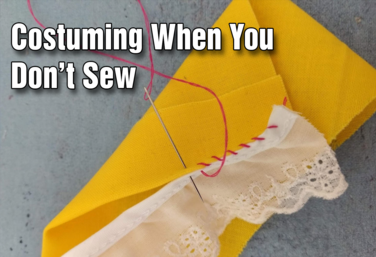
Tech Theatre Unit: Costuming When You Don't Sew
by Drama Teacher Academy

30 Second Monologues
by Lindsay Price

Scene Staging
by Lindsay Price
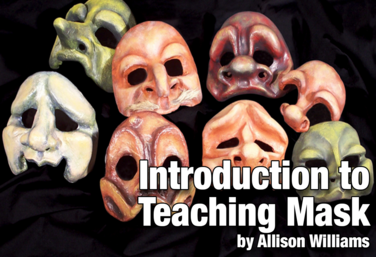
Introduction to Mask
by Allison Williams

Spoken Word Poetry
by Quincy Young
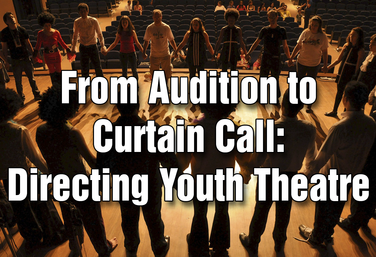
From Audition to Curtain Call: Directing Youth Theatre
by Steven Stack

Friendly Shakespeare
by Todd Espeland

The Top Ten Playwriting Exercises
by Lindsay Price
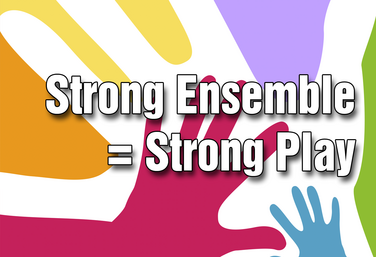
Strong Ensemble = Strong Play
by Craig Mason
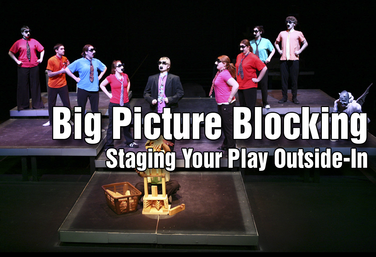
Big Picture Blocking: Staging Your Play Outside-In
by Todd Espeland

Working With Monologues For Rehearsal And Development
by Gai Jones

The Do-it-All Director's Introduction to Costuming
by Holly Beardsley

Laban: Advanced Characterization
by Todd Espeland
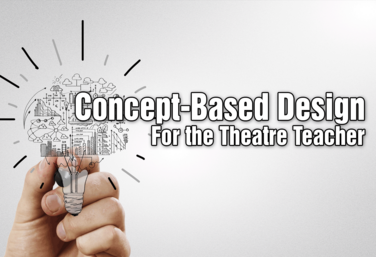
Concept-Based Design for the Theatre Teacher
by Matt Webster
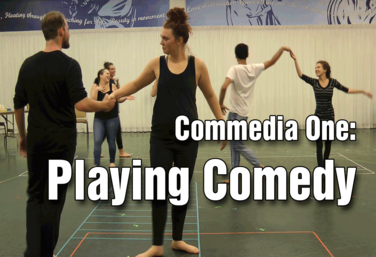
Commedia I: Playing Comedy
by Todd Espeland
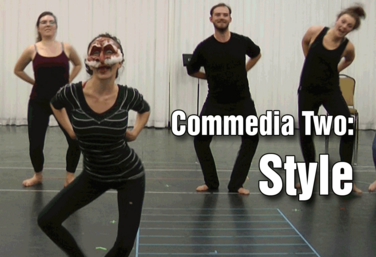
Commedia II: Style
by Todd Espeland
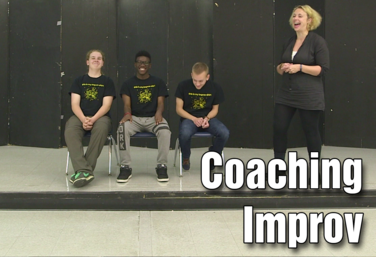
Coaching Improv
by Jennine Profeta
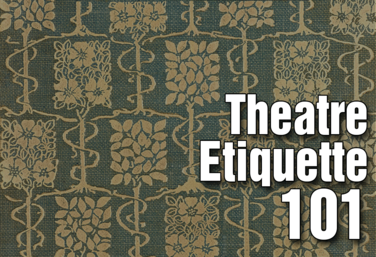
Theatre Etiquette 101
by Kerry Hishon

The Production Classroom
by Karen Loftus

21st Century Skills Through Devising
by Allison Williams
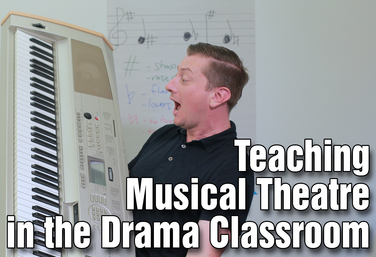
Teaching Musical Theatre in the Drama Classroom
by Colin Oliver
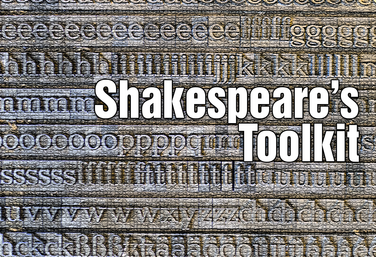.png)
Shakespeare's Toolkit
by Todd Espeland
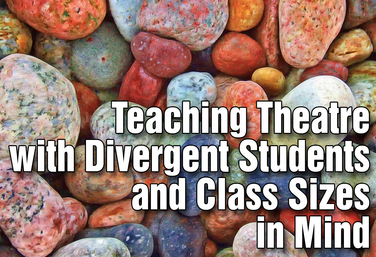
Teaching Theatre with Divergent Students and Class Sizes in Mind
by Steven Stack
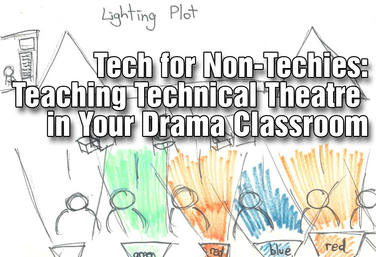
Tech for Non-Techies: Teaching Technical Theatre in Your Drama Classroom
by Josh Hatt
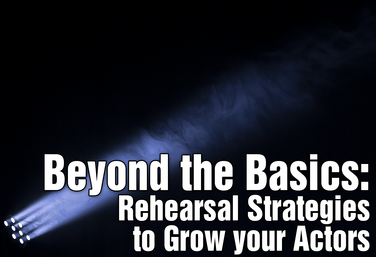
Beyond the Basics: Rehearsal Strategies to Grow Your Actors
by Julie Hartley

Director's Toolbox 1: Teaching Students to Direct
by James Van Leishout

Director's Toolbox 2: Teaching Students to Direct
by James Van Leishout

Impowerment Improv
by Jennine Profeta

How to Give Feedback to Student Playwrights
by Nicholas Pappas
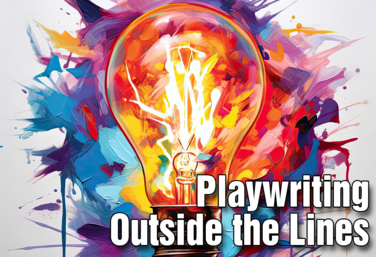
Playwriting Outside the Lines
by Steven Stack
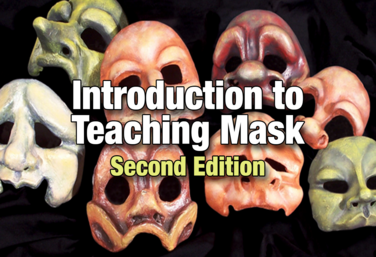
Introduction to Teaching Mask: 2nd Edition
by Allison Williams
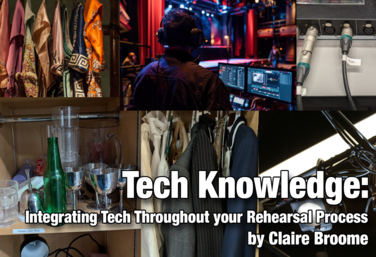
Tech Knowledge: Integrating Tech Throughout Your Rehearsal Process
by Claire Broome
View all Standards for British Columbia (2018) Standards Master List